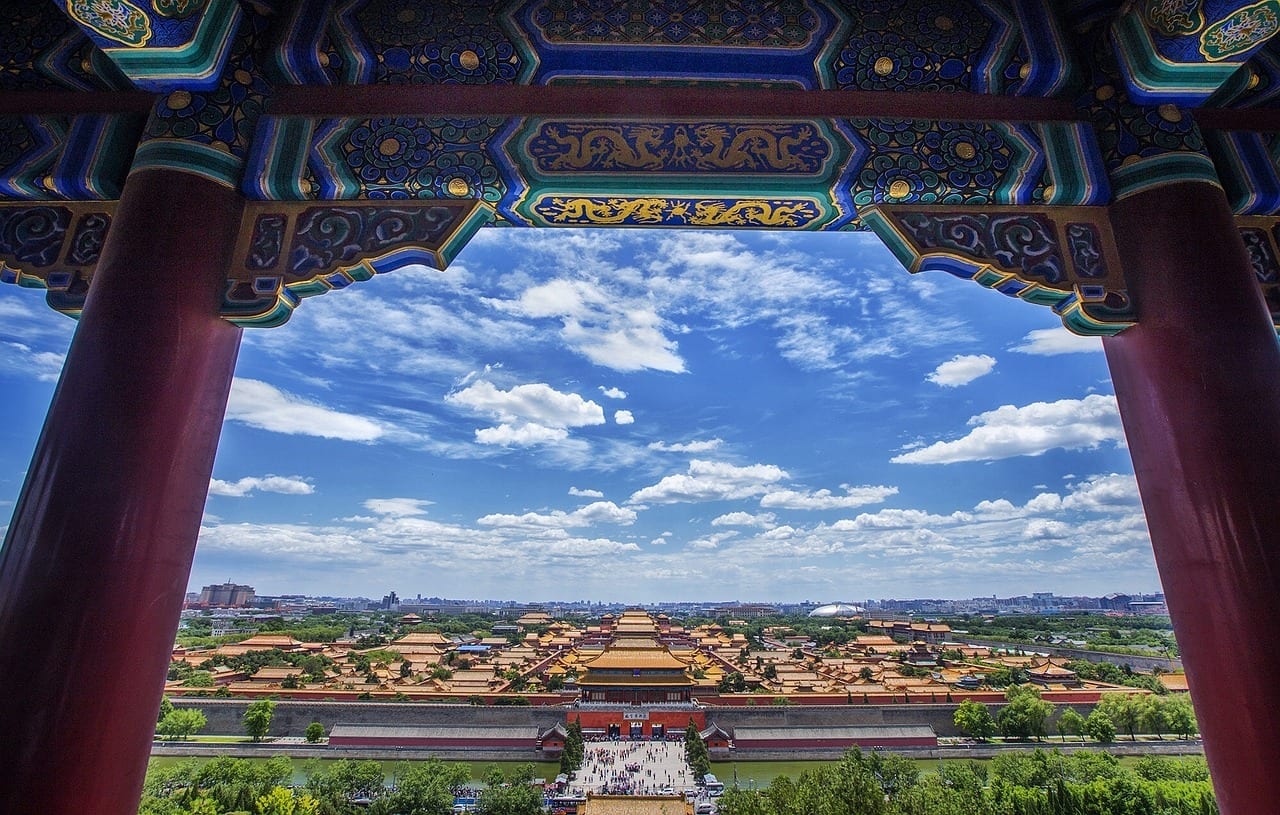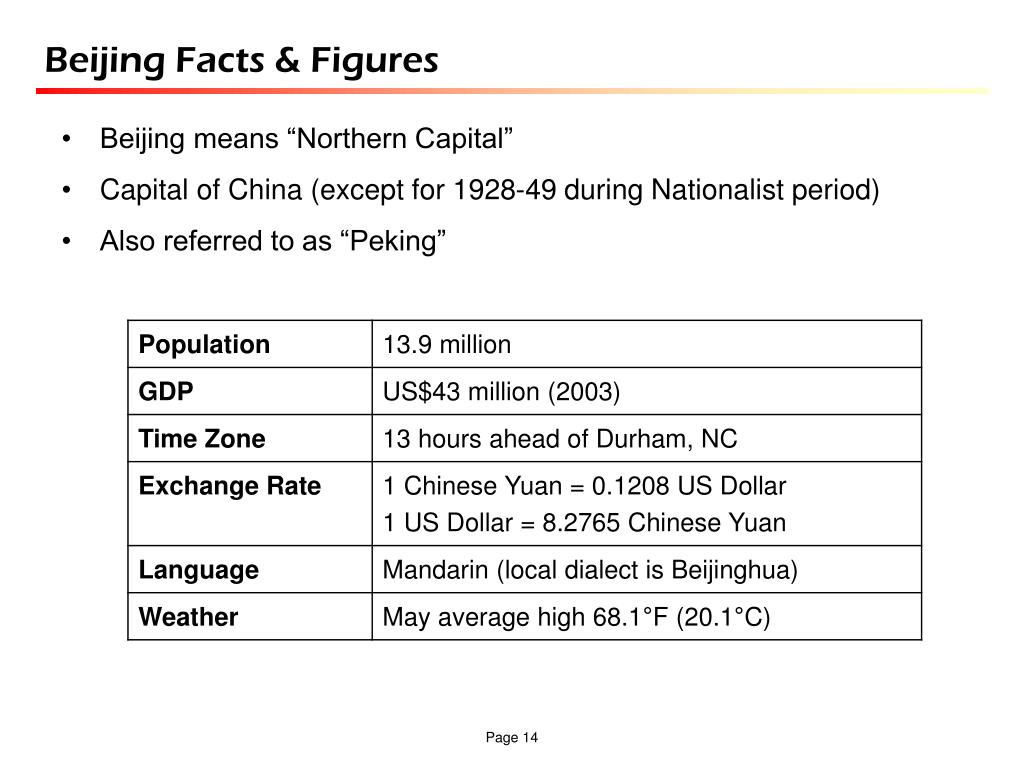

EPA has developed a formula to convert PM 2.5 readings into an air quality index (AQI) value that can help inform health-related decisions. For more information, please visit the EPA site. PM 2.5 particulates are of concern since they are small enough to directly enter the lungs and even the blood stream. Environmental Protection Agency (EPA) and allows us to compare against U.S. PM 2.5 is a standard recognized by the U.S. Particulates less than 2.5 micrometers in diameter (PM 2.5) are referred to as “fine” particulates and are believed to pose the largest health risks. Citywide analysis cannot be done, however, on data from a single machine. This monitor is a resource for the health of the American community. Pollutants such as particle pollution are linked to a number of significant health effects - and those effects are likely to be more severe for sensitive populations, including people with heart or lung disease, children, and older adults. Embassy has an air quality monitor to measure PM 2.5 particulates as an indication of the air quality on the Embassy compound located in Chaoyang district. Consumption and carbon emissions reduced through white roofing and state-of-the-art mechanical systems.
Bei jing facts series#

Landscape Designer: Peter Walker and Associates, Berkeley, California.Architectural Design by: Skidmore, Owings & Merrill, LLP, Architects (SOM) of San Francisco, California.Project area: 500,000 square feet (152,400 square meters).Number of Local workers who assisted in construction: 10,000.Mission in China reflect both the importance of the U.S.-China bilateral relationship and the range of topics in which the two countries are currently engaged. Situated on a 10-acre site, the Embassy consists of 6 buildings, including a new annex completed in 2016, and houses more than 1,300 American and locally hired staff representing almost 50 different federal agencies. The iconic Tulips sculpture by Jeff Koons is the only temporary work, currently on a 10-year loan. Additions to this collection continue to be made by the Foundation of Art and Preservation in Embassies (FAPE), including a planned installation of a site-specific Martin Puryear sculpture in 2018. The State Department’s Art in Embassies (AIE) program curated the permanent collection installed throughout the Embassy complex consisting of work by major American and Chinese artists. The winning design of Skidmore, Owings & Merrill, LLP, Architects (SOM) resulted in the energy-efficient and sustainable building standing in Beijing today.Įastern and Western aesthetics were considered not only in the building and landscape design, but also in the selection of artwork displayed throughout the Embassy. The Department of State sought to obtain the “best of American architecture” through a Federal Design Excellence program competition. The planning for this compound started in the mid-1990s to solve the logistical issues, security concerns, and increasing demand for consular services in Beijing. The Department of State’s second-largest overseas construction project, it is a beautiful integration of Eastern and Western design traditions. Embassy compound in Beijing, China, is a secure, state-of-the-art facility located northeast of the Forbidden City in Beijing’s Third Diplomatic Enclave.


 0 kommentar(er)
0 kommentar(er)
